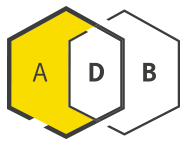|
Spectrum of activity:
|
Gram-negative
|
|
Details of activity:
|
Binds to type II topoisomerases, gyrase and topoisomerase IV and thus, inhibits DNA cleavage and ligation reactions. It kills bacterial cells by increasing the concentration of enzyme–DNA cleavage complexes, thereby inhibiting cell replication.
|
|
Description:
|
Synthetic quinoline derivative. Used for uncomplicated urinary tract infections
|
|
Year first mentioned:
|
1973
|
|
Development status:
|
Approved, off-patent, discontinued in most countries
|
|
Reason Dropped:
|
Ocular toxicity, liver toxicity, genotoxic carcinogen
|


